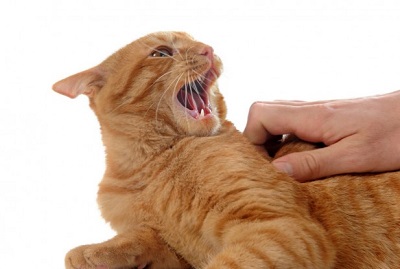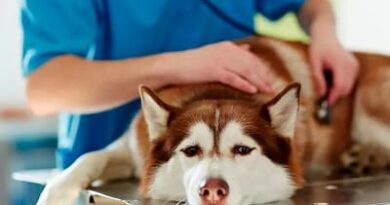Behavior problems in cats
Behavior problems in cats
The character of cats differs from that of dogs or other pets. This, of course, does not make them worse pets, nothing is further from the truth. Those who live with cats know how wonderful they are. Of course, to achieve a good coexistence with them, it is essential to know both the good and the possibly bad of their behavior. For this reason, today we are talking about the most common behavioral problems in cats.

General characteristics of the character of cats
Before going specifically to talk about behavior problems in cats, it is important to analyze, even superficially, the feline character.
In general, cats are rather solitary and independent animals, however, this should not be confused with being aloof or unloving.
They are simply more into moving and foraging individually, as well as tending to mark their territory and fight over it.
It is rare to see a cat attached to its trusted human all day, something that can happen with dogs (giving rise to the so-called velcro dog). You can spend time with him, but there will always be times when you seek complete independence.
In addition, another of the characteristics that most define the cat is its great curiosity. In general, any novel object that enters their territory will cause particular interest to the cats.
Now, taking these characteristics into account, let’s see what behavioral problems cats can show.
Behavior problems in the most common cats
Among the behaviors that may reflect that something is wrong with your pet are the following.
stereotypes
Stereotypes in cats are repetitive behaviors that the animal performs with no apparent end. It usually appears as a response to a frustration.
If a cat spends all day locked up in a small space, without the possibility of walking, climbing, hunting, etc., it will accumulate a lot of energy that it will try to eliminate in some way. Normally with stereotyped behaviors, such as walking in circles, tail chasing or licking much more than normal.
When the animal repeats these movements, it releases many endorphins, which helps reduce stress and tension, inducing a feeling of euphoria. Endorphins, like morphine, are addictive substances.
Therefore, it is normal that if the cat does not have stimuli, it looks for them with these repetitive movements to relieve its stress.
Stress
Without a doubt, it is one of the most common behavior problems in cats.
Cats are quite sensitive animals, so much so that even a change in furniture can cause stress. And let’s not talk about moving with cats!
Faced with stress, the animal’s response will vary depending on how long the stressful situation or stimulus lasts and the cat’s temperament. In some, it will be difficult for them to overcome the situation and others will present such levels of anxiety that they will translate into both behavioral and organic problems.
The reaction to stress is intended to adapt the body to a new situation or stimulus. For this reason, it is also known as Adaptation Syndrome and consists of three phases:
The alarm phase is in which your pet’s body mobilizes all its resources and flees when something scares it, attacks or hides.
The next phase is adaptation, in which the cat organism adapts to the situation in a normal way.
Then would come the exhaustion phase. In this phase, the animal’s organism is not capable of adapting to this new situation or stimulus and ends up exhausting itself, showing symptoms of disease or abnormal behavior.
territorial marking
For your cat, territory marking is a form of social communication.
With this, the animal communicates with others of its kind, it serves as peace of mind by remaining familiar with what it marks, also to communicate with other cats or to point out dangers.
Fear and phobias
Another of the most common behavioral problems in cats are fears and phobias.
A cat can feel fear when it is very restless in the face of certain stimuli, such as objects, places, people, lights, animals or noises that it perceives as dangerous.
If the cat has a phobia, it is because it experiences an excessive fear that is triggered by the anticipatory idea or the presence itself of a specific situation or object.
The most common phobias are those that refer to people and loud noises. Over time, the animal may come to anticipate the stimulus and associate it with others.



